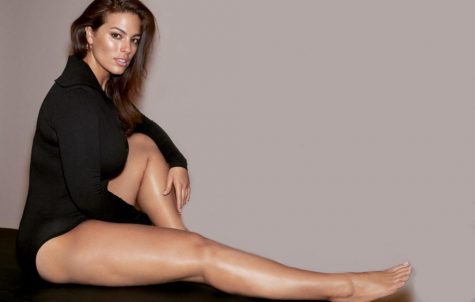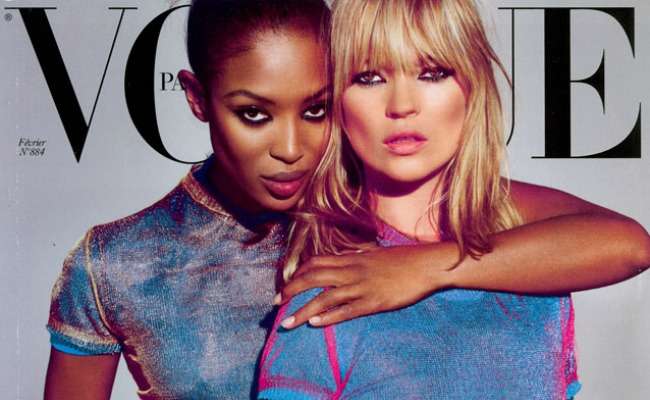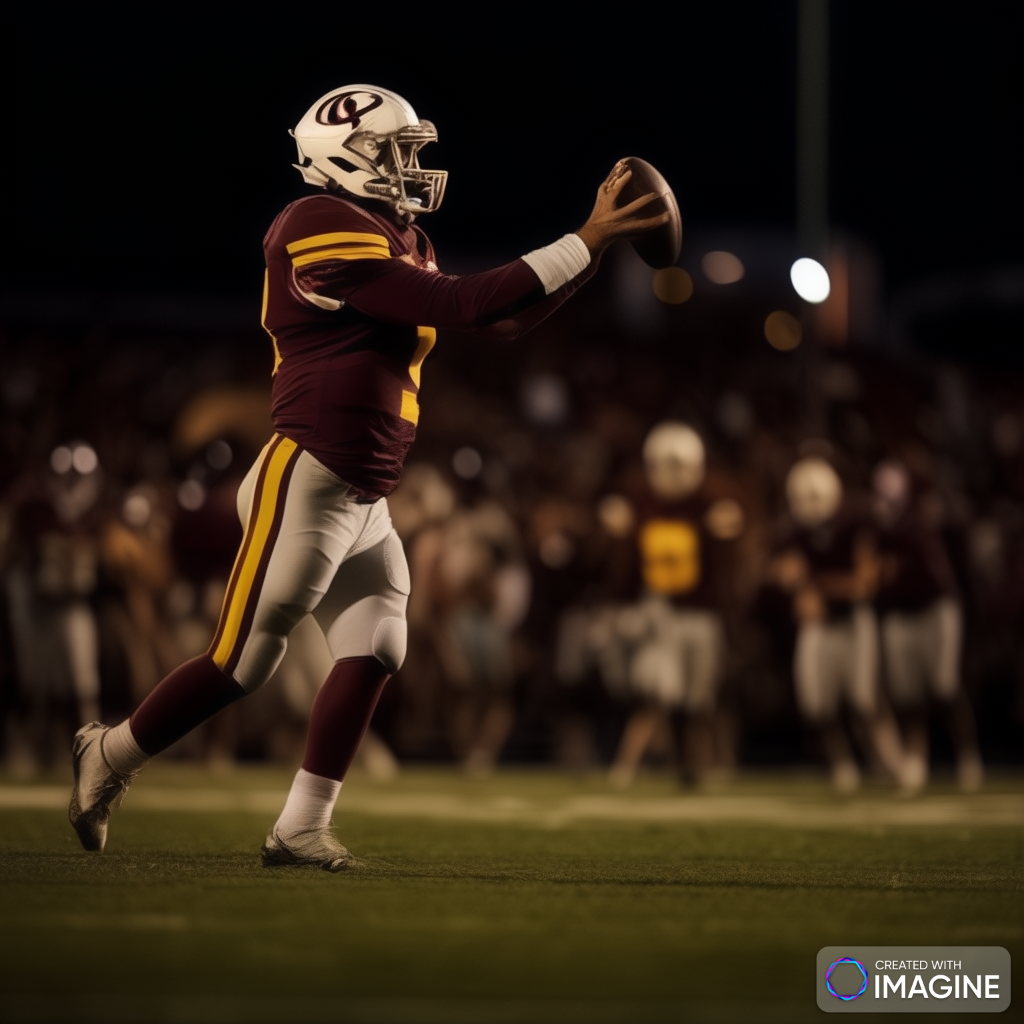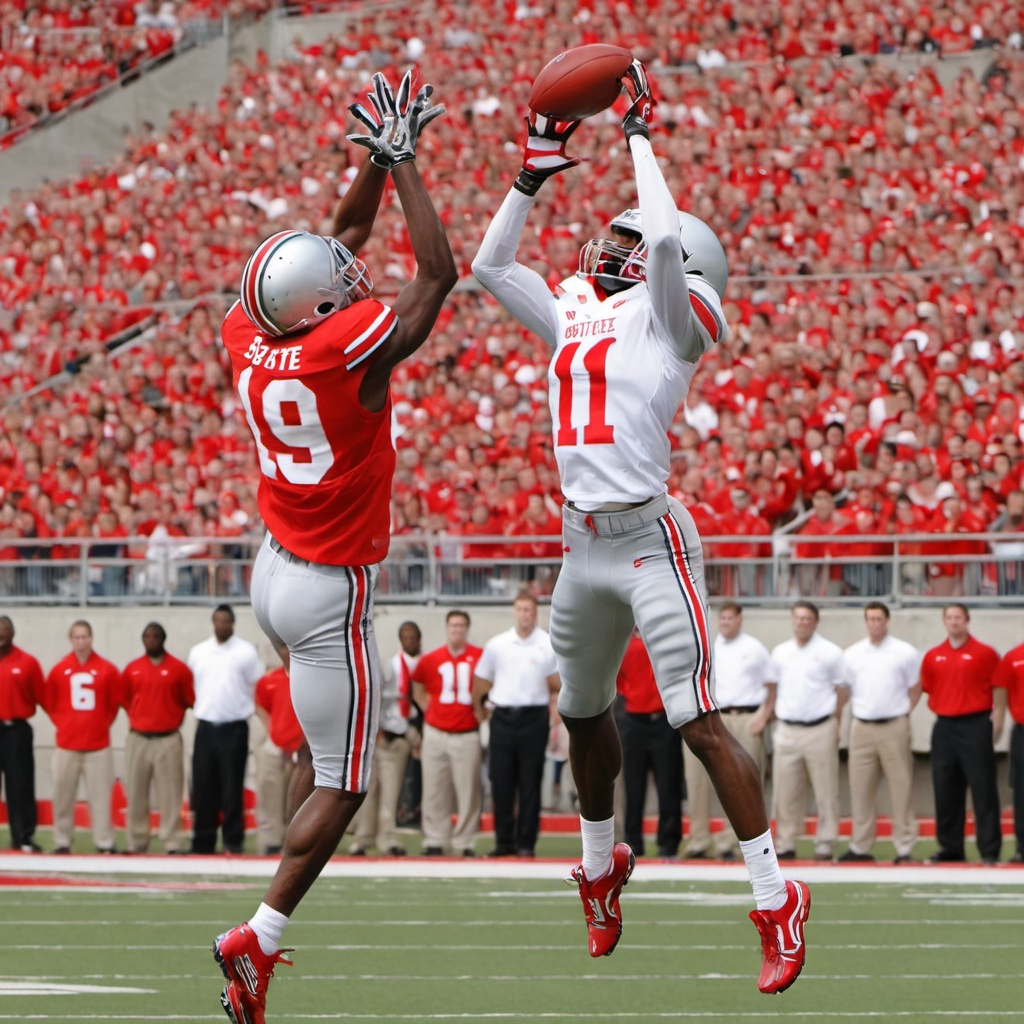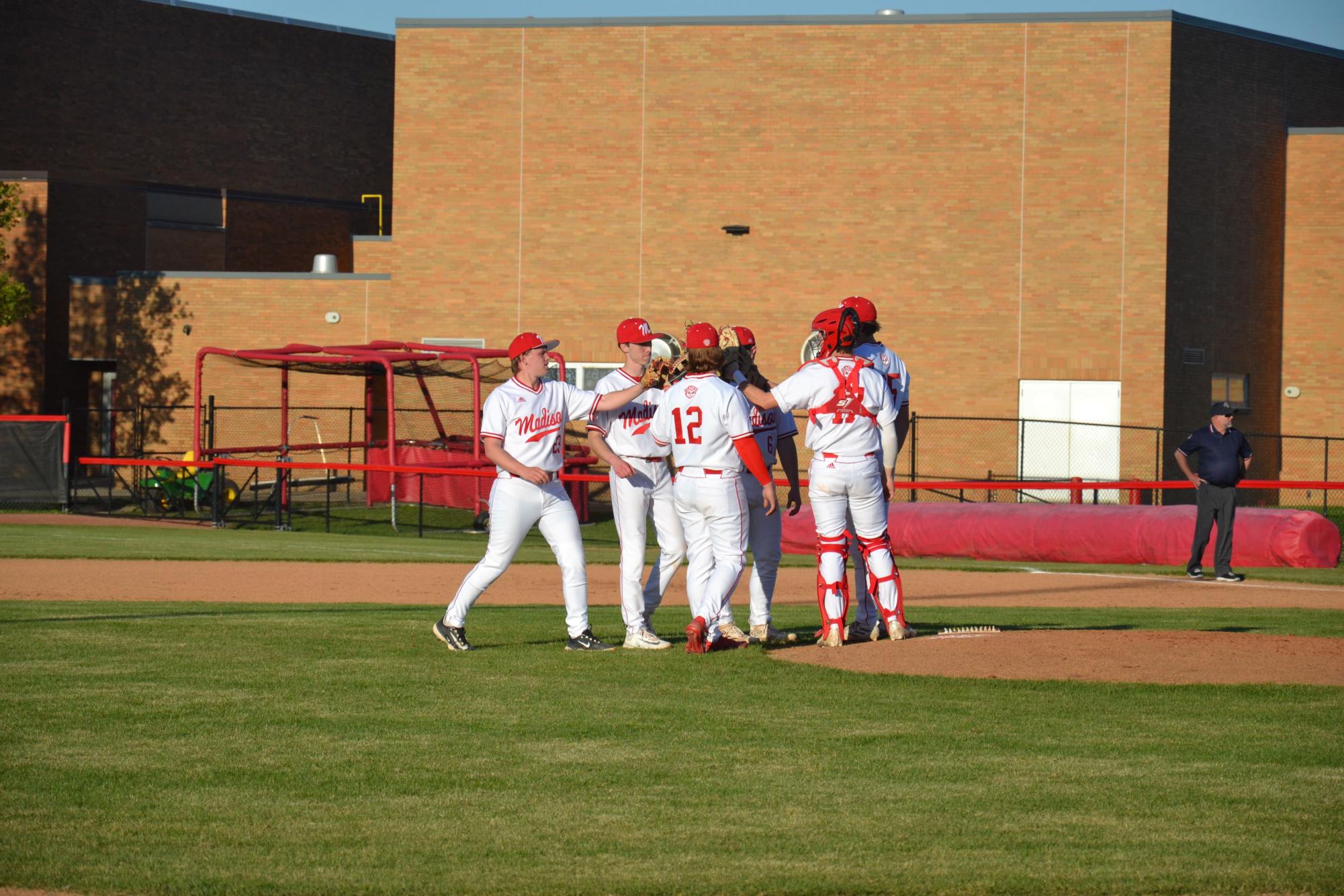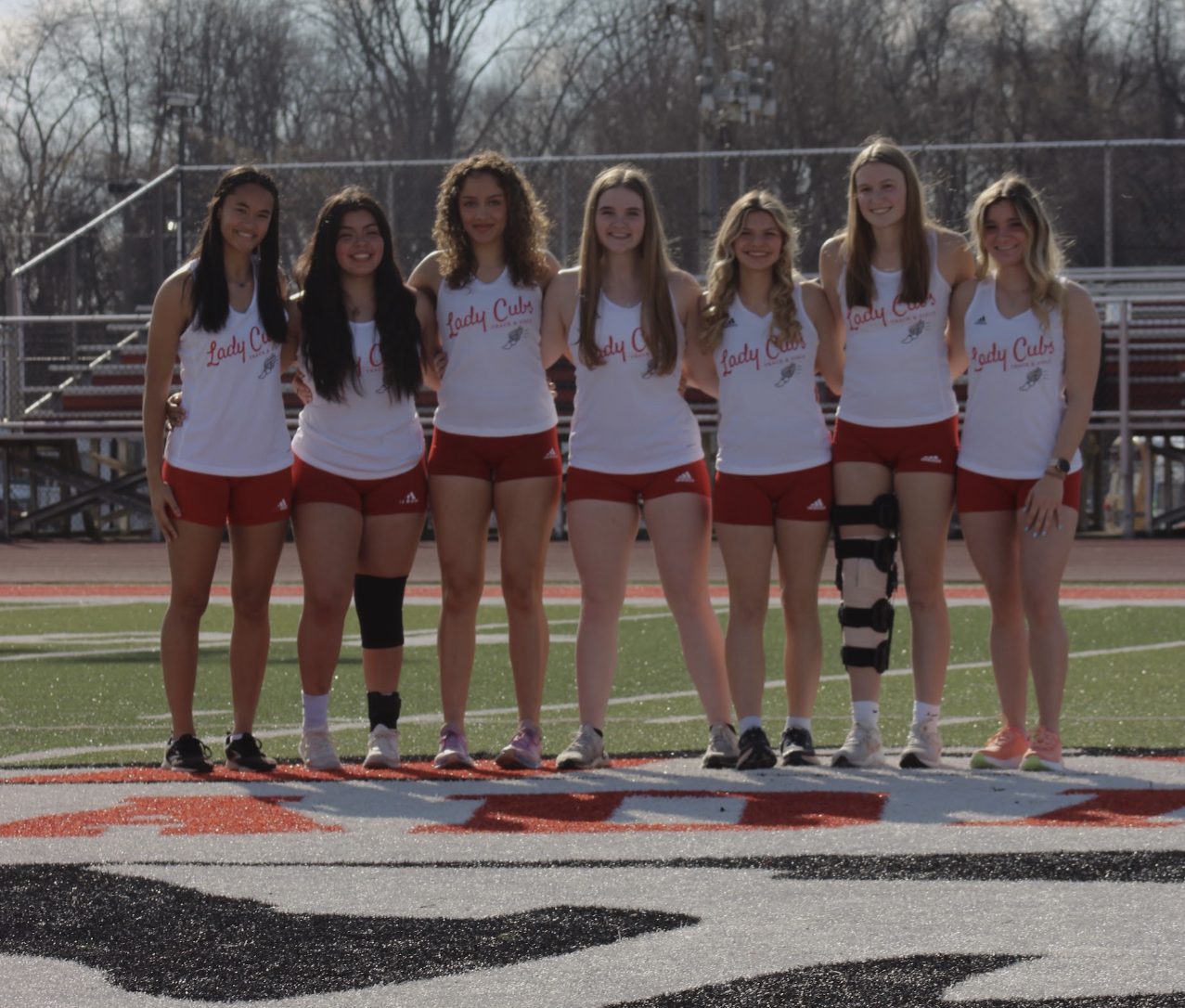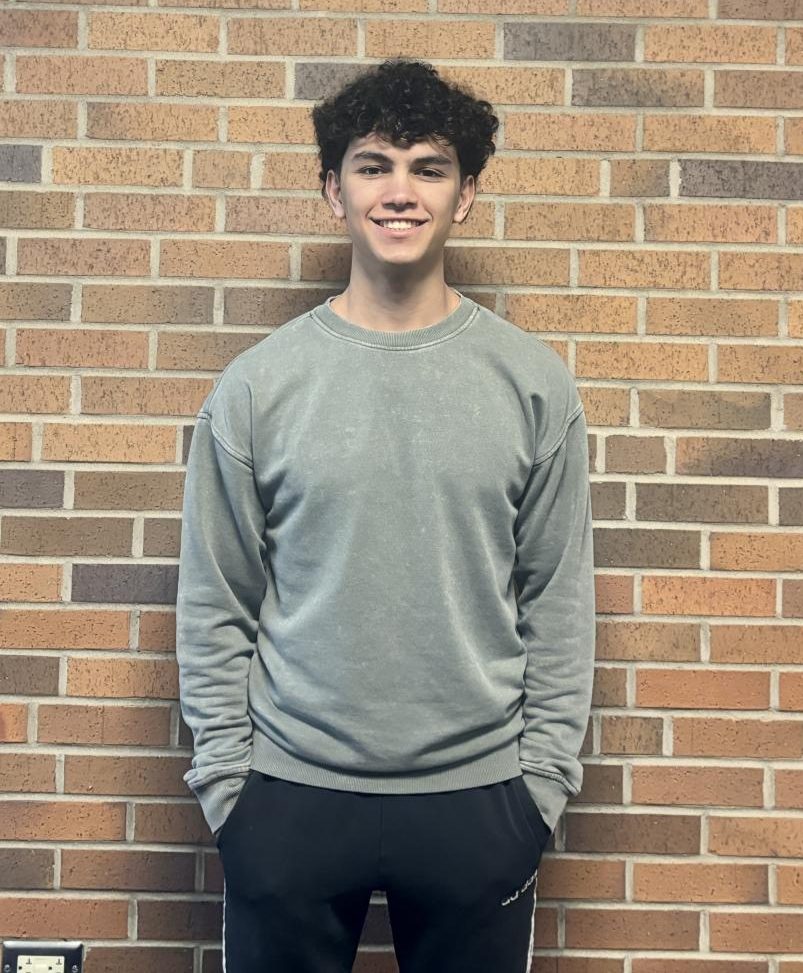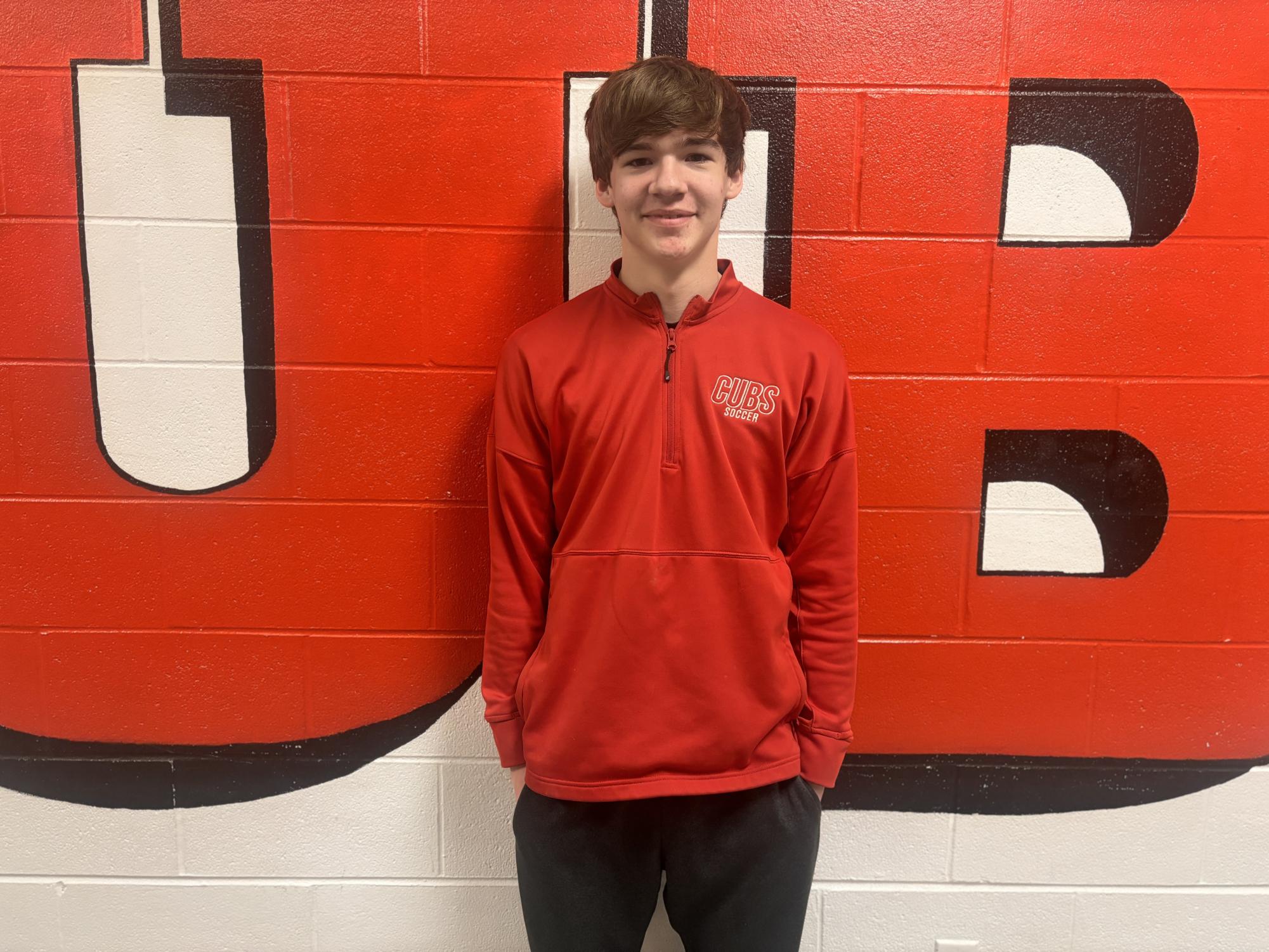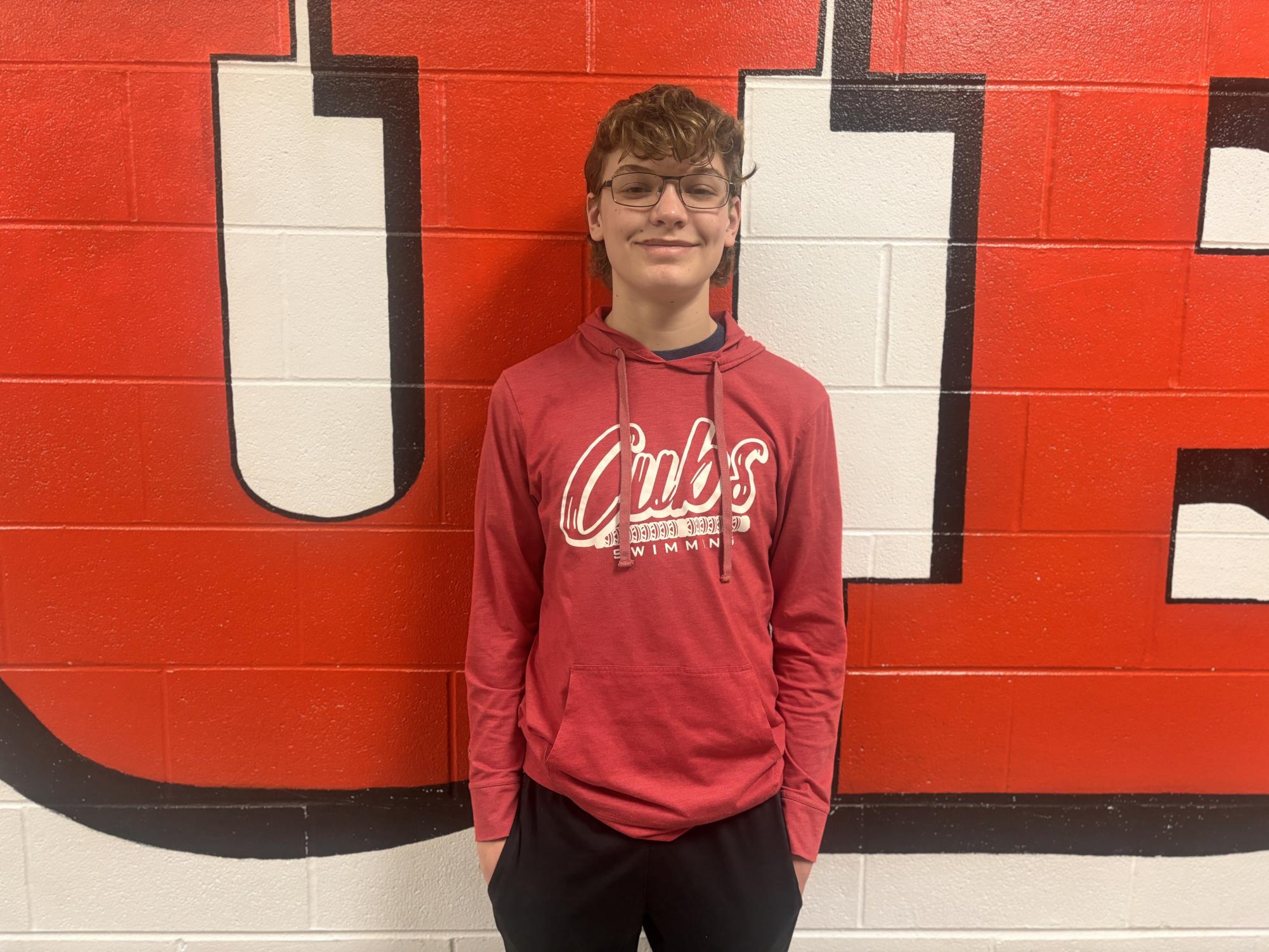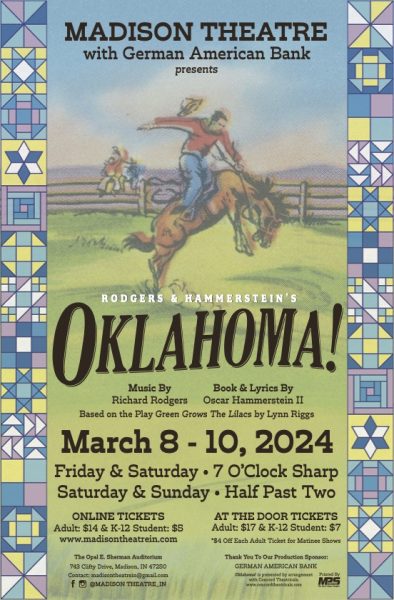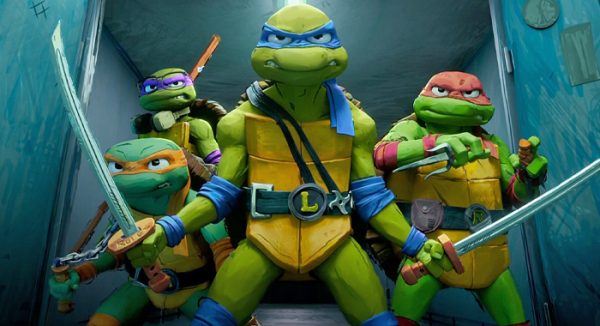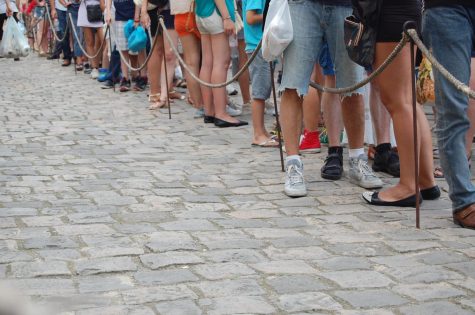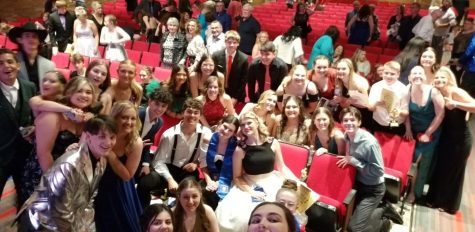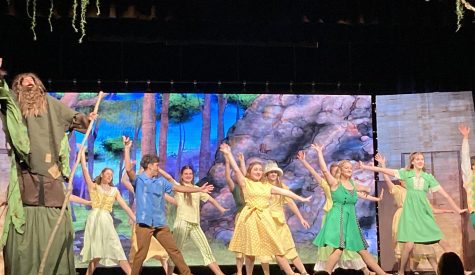Will Unrealistic Clothing Sizes in the Modeling Industry Ever Change?
January 10, 2017
Ashley Graham, a plus-size model icon and body image activist, was given the privilege of covering the British Vogue January 2017 issue. Most celebrities would be thrilled to be on the cover of such a powerhouse magazine, but Graham ran into a problem during the shoot for her own cover- a problem that is sadly found common in her modeling career. According to Graham, the amount of clothing that was supplied for the cover shoot was limited compared to the average shoot wardrobe as for many designers had refused to lend their designs for the magazine due to the model’s size.
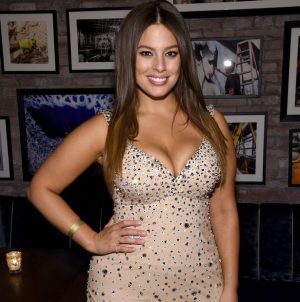
Vogue had reached out to numerous designers, explaining their cover star’s wardrobe sizes and theme for the magazine. Many famous fashion houses declined the invitation, stating that even though it was an ‘honor’ for being included, they simply did not dress anyone out of the ‘standard size’ which ranges from sizes 00-4.
In 2016, the awareness of women’s rights, body image, and mental health have been topics that have remained bold throughout the past year. Elections, protests, and celebrity statements have brought these discussions to the surface for public attention. The entertainment industry is the ideality for lifestyles and pop culture especially with the physical image of a person. From how a person can dress to their own faces, celebrities and editors have the power of deciding what is “in” and what is “out.”
A general statistic given to models by agencies is that 8% of the women population naturally have the “build” or wear the size of an designer-approved woman. The other 92% have figures or certain body types that are harder to find in a typical fashion magazine.
The clothing sizes of 00-4 are standard for because the clothing is meant to be seen as an art piece,not a simple item you can buy off an online store making the woman a human hanger. Wearing the clothes is not the goal for marketing houses; having the clothes wear you is.
Fashion has been in hot water for decades. From the pretentious stares, the diets, and Photoshop advertisements, the industry is seen as an idea of beauty, not for its original purpose: art.
The decade of the nineties launched designer sizes after the legacy of fashion models Kate Moss and Naomi Campbell: both known for their slim, lengthy figures and tendency to reach for cigarettes over food. The industry programmed the sizes as an easier route and less costly route for certain houses or magazines since basic sizes means less time for fittings, which results in smaller and fewer unnecessary payments.
Regardless of the media scrutiny, unrealistic sizes in the industry have barely budged. Is it something a woman should just accept? Marketing is a business after all, supported by the world population through purchases of the company’s inventory. Is it the same as feeding the lion that bites you?
MCHS Senior Megan Banta said, “I think with what the industry puts out to viewers is unrealistic and kind of unattainable in a sense. I think it says beauty comes in one size. Luckily with what started in 2016 and will be continued into 2017, an abundance of people have pushed for more self love shown in magazines and posters. Like Aerie’s REAL campaign which is now ditching Photoshop. I think we are slowly changing the industry with new standards of beauty.”
Ashley Graham discussed her cover problem with many designers through social media. The response was a new designer wardrobe for the activist to wear for her editorials. The fashion industry has always been open to the statement that body types go in and out of style just like a trend can. Will that end with our generation?
